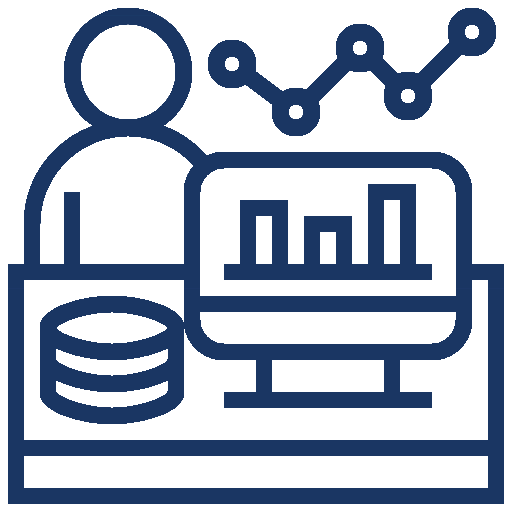5 Statistics for Analysis: Central Tendencies and Descriptive Statistics
This week I dive deep into the realm of statistics for analysis, where numbers reign supreme and insights abound, I’d like to shed some light on the top 10 mistakes that often derail the training and development of data analysis skills.
So, grab your notebook and let’s uncover the pitfalls together!
1. Misunderstanding Measures of Central Tendency
Misinterpreting measures like mean, median, and mode can lead to skewed perceptions of the data’s central values, resulting in flawed analysis and decision-making.
2. Ignoring Measures of Dispersion
Neglecting measures of dispersion, such as standard deviation and variance, can obscure important insights into the variability and spread of the data, leading to incomplete analyses.
3. Misusing Percentiles and Quartiles
Improper application of percentiles and quartiles can distort the understanding of data distribution and lead to inaccurate assessments of position and variability within the dataset.
4. Confusing Correlation with Causation
Failing to recognise the difference between correlation and causation can result in erroneous conclusions and misguided strategies based on spurious relationships within the data. I see people misunderstand this aspect a lot.
5. Overlooking Skewness and Kurtosis
Neglecting to assess skewness and kurtosis can hinder the understanding of data distribution shape and lead to inappropriate statistical modelling and analysis. We’re not all normal…ly distributed.
6. Misinterpreting Confidence Intervals
Misinterpreting confidence intervals can lead to overconfidence or underestimation of uncertainty in statistical estimates, affecting the reliability of conclusions drawn from the data. Seeing that projected line on a chart often gives us too much confidence in its approximation. Most tools will plot the line, even with any (e.g. 1%) confidence in its accuracy…
7. Ignoring Assumptions of Statistical Tests
Disregarding the assumptions made (either by you or further back up the data flow) in the underlying data can invalidate results of statistical tests and render analyses unreliable. Clearly this can lead to error prone conclusions which can lead others into flawed decision-making, unwittingly.
8. Failing to Account for Outliers
Neglecting outliers in data analysis can skew statistical measures and distort the interpretation of results, leading to inaccurate assessments of central tendency and dispersion. All too often I see bar charts of data showing ratio’s, averages, sums etc, without any analysis of the underlying data set to see of all data is valid in that calculation.
9. Misapplying Hypothesis Testing
Misapplying hypothesis testing procedures can lead to incorrect conclusions about the significance of relationships within the data, resulting unidentified bias in, or incorrect decision-making as well as possibly wasting resources.
10. Underestimating the Importance of Data Visualisation
Finally, overlooking the role of data visualisation in statistical analysis can hinder the communication of insights and impede understanding, leading to missed opportunities for effective storytelling and interpretation.






